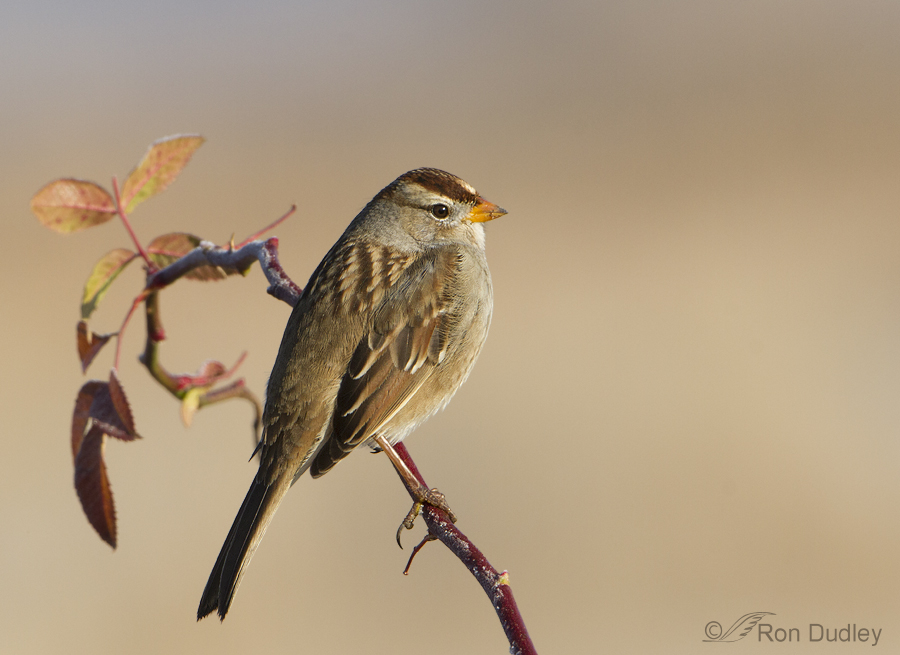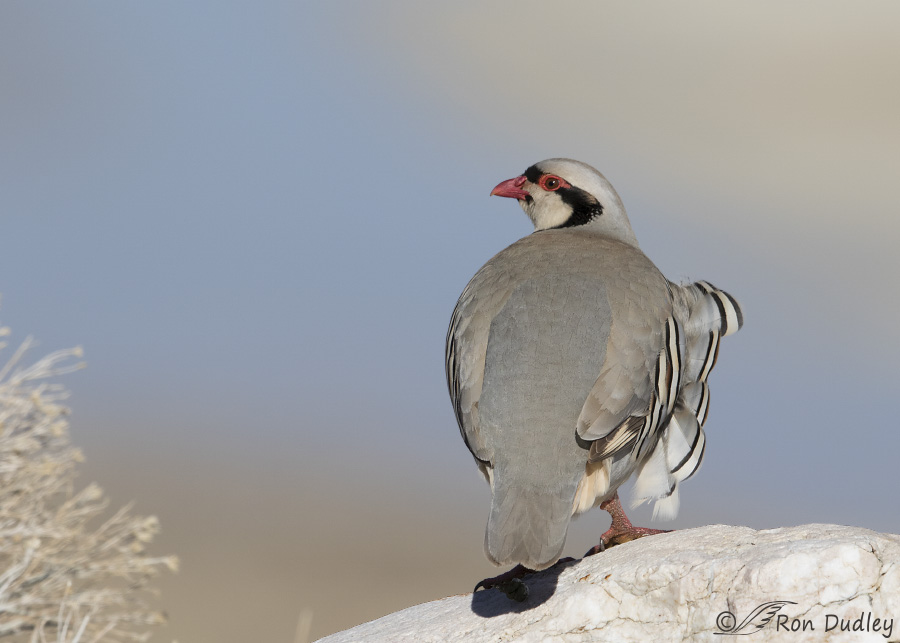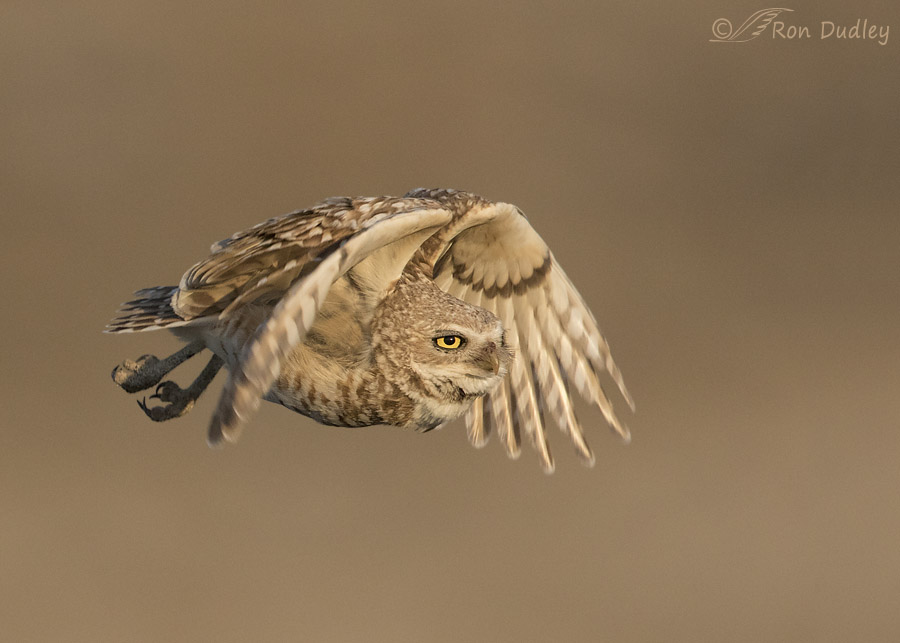Tag: focal length
Blurry Wing Tips – Is It Shutter Speed Or Depth Of Field?
A White-crowned Sparrow And The Effect Of Depth Of Field

Two days ago I found this juvenile White-crowned Sparrow sunning itself in a wild rose-bush at Farmington Bay. It was a cold morning (you can see frost on the perch behind the bird) and due to the frigid temperature the sparrow wasn’t flitting around much so I did a little experimentation with depth of field.
A Couple Of Intereresting Coyote Hunting Techniques
New Year’s morning on Antelope Island was a cloudy, low-light affair. It turned mostly sunny as we left for home in late morning and on the causeway we passed flocks of birders on their way to the island for their first day of birding in the New Year. I couldn’t help but notice the irony – us photographers who needed good light didn’t get any and the birders who don’t, did… But despite the low light I was able to photograph two coyote hunting techniques that I thought were interesting. 1/800, f/8, ISO 500, 100-400 @ 150 mm, natural light This coyote was on the edge of a large hill overlooking the frozen shoreline of the Great Salt Lake far below. I was very close to the animal but it was so intent on scanning the marshy area below for prey that it simply ignored me. At one point it stood on its hind legs with its front legs on a large, snow-covered boulder to give it an even more elevated view of the hunting grounds down below. I hoped that it would look back at me but it never did, though I think this pose, with just enough of the muzzle in view to show the direction the coyote was looking, well illustrates the hunting behavior. I was pleasantly surprised with one element of this photo. I was much too close to this coyote to use my 500mm lens so I had grabbed my other 7D with the 100-400 attached and backed the zoom down to 150mm. …
Fighting Curlews And This Photographer’s Rookie Mistake
Occasionally I’ll make a post that illustrates a mistake I’ve made as a photographer in the hope that it will help me to learn from my error and possibly even enlighten some of my viewers who may be bird photographers. Well, last week I made a doozy of a mistake! I had been photographing a pair of Long-billed Curlews on Antelope Island and as per usual for me I was using my 500 f/4 with attached 1.4 tc, which when combined with the crop factor of my Canon 7D gives me an effective focal length of 1120mm. Suddenly a second male unexpectedly flew in to challenge the original male and immediately all hell broke loose. The action was incredibly quick with wings, legs, long bills and tails flailing in every direction and it turns out that I was simply too close to the birds with my lens and tc combination to prevent clipping body parts in most of my images of the fight. I remember thinking I should take off the tc but I was afraid that by the time I had done so the action would be over. That was a mistake – the altercation lasted for several minutes and I had plenty of time to switch. I decided to post some of the series anyway because the tightness on the birds gives an intimate look at some of the details of the squabble but I’ll be the first to admit that I’d trade those details in a heartbeat for having not clipped and cut off body parts. There were no preliminaries. The battle began immediately after…



